Wall hoods for wok cooking
transy416
12 years ago
Featured Answer
Comments (28)
amcook
12 years agolast modified: 9 years agobonesoda
12 years agolast modified: 9 years agoRelated Professionals
Fox Lake Kitchen & Bathroom Designers · Hershey Kitchen & Bathroom Designers · Manchester Kitchen & Bathroom Designers · Palm Harbor Kitchen & Bathroom Designers · Portland Kitchen & Bathroom Designers · Wentzville Kitchen & Bathroom Designers · Citrus Park Kitchen & Bathroom Remodelers · Andover Kitchen & Bathroom Remodelers · Bloomingdale Kitchen & Bathroom Remodelers · Chicago Ridge Kitchen & Bathroom Remodelers · Crestline Kitchen & Bathroom Remodelers · Gilbert Kitchen & Bathroom Remodelers · Republic Kitchen & Bathroom Remodelers · Lakeside Cabinets & Cabinetry · Universal City Cabinets & Cabinetrywilltv
12 years agolast modified: 9 years agodavidro1
12 years agolast modified: 9 years agokaseki
12 years agolast modified: 9 years agotransy416
12 years agolast modified: 9 years agoaprince
12 years agolast modified: 9 years agokaseki
12 years agolast modified: 9 years agotransy416
12 years agolast modified: 9 years agoTimothyTwo
12 years agolast modified: 9 years agotransy416
12 years agolast modified: 9 years agokaseki
12 years agolast modified: 9 years agotransy416
12 years agolast modified: 9 years agotransy416
12 years agolast modified: 9 years agodavidro1
12 years agolast modified: 9 years agokaseki
12 years agolast modified: 9 years agotransy416
12 years agolast modified: 9 years agokaseki
12 years agolast modified: 9 years agojscout
12 years agolast modified: 9 years agotransy416
12 years agolast modified: 9 years agojscout
12 years agolast modified: 9 years agotransy416
12 years agolast modified: 9 years agokaseki
12 years agolast modified: 9 years agotransy416
12 years agolast modified: 9 years agoTrevor Lawson (Eurostoves Inc)
12 years agolast modified: 9 years agokaseki
12 years agolast modified: 9 years agotransy416
12 years agolast modified: 9 years ago
Related Stories

KITCHEN DESIGNA Cook’s 6 Tips for Buying Kitchen Appliances
An avid home chef answers tricky questions about choosing the right oven, stovetop, vent hood and more
Full Story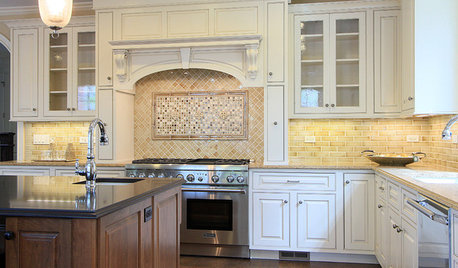
KITCHEN DESIGNThe Cooking Hearth Never Looked So Good
Today's Range Hoods Have High Style to Match Their Function
Full Story
KITCHEN DESIGNHouzz Call: What’s Cooking in Your Kitchen?
Most of us turn to recipes, videos and culinary shows when we cook. Where do you set your cookbook, tablet or TV screen?
Full Story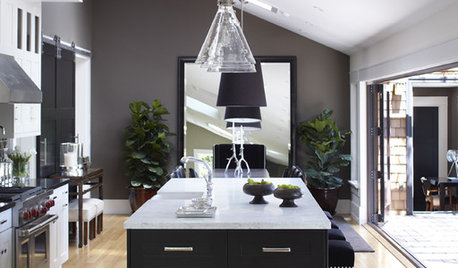
BLACKCooking With Color: When to Use Black in the Kitchen
Consider sampling Caviar or Cracked Pepper on your kitchen walls or cabinets for richness and impact
Full Story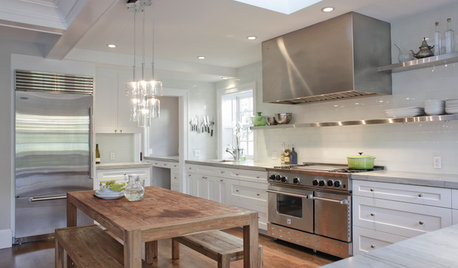
KITCHEN DESIGNCooking With Color: When to Use White in the Kitchen
Make sure your snowy walls, cabinets and counters don't feel cold while you're riding white's popularity peak
Full Story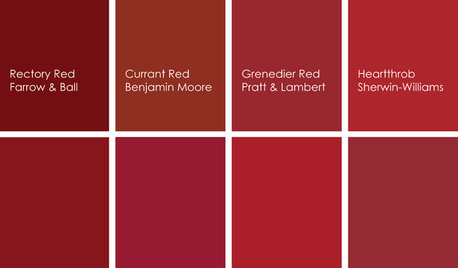
KITCHEN DESIGNCooking With Color: When to Use Red in the Kitchen
Candy Apple Red, Red Licorice and more for your kitchen walls, cabinets or island? The color choices are as delicious as they sound
Full Story
KITCHEN APPLIANCESLove to Cook? You Need a Fan. Find the Right Kind for You
Don't send budget dollars up in smoke when you need new kitchen ventilation. Here are 9 top types to consider
Full Story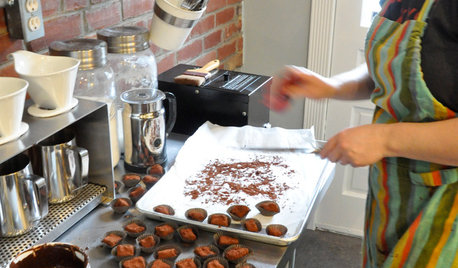
KITCHEN DESIGNLove to Cook? We Want to See Your Kitchen
Houzz Call: Show us a photo of your great home kitchen and tell us how you’ve made it work for you
Full Story
KITCHEN DESIGNKitchen Recipes: Secret Ingredients of 5 One-of-a-Kind Cooking Spaces
Learn what went into these cooks’ kitchens — and what comes out of them
Full StoryMore Discussions






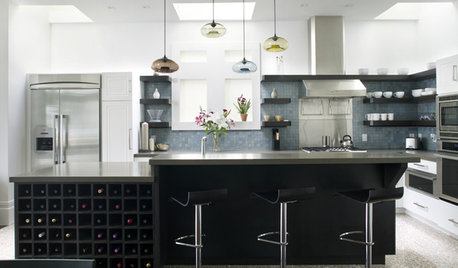


Trevor Lawson (Eurostoves Inc)